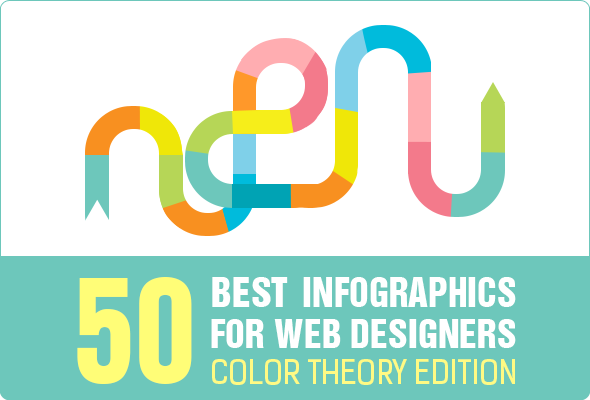The Advancement Of Site Design: From Past To Present
The Advancement Of Site Design: From Past To Present
Blog Article
Post Produced By-Rasmussen Hyldgaard
In the past, web sites were simple and focused on info. Navigating was straight, and design was for desktops. Currently, customer experience is vital. Information overviews designs for very easy navigating. Responsive designs match different devices. Today, dark setting lowers strain, and minimalist menus boost navigation. Interactive features involve customers, and strong visuals stand apart. AI combination enhances engagement. See exactly how design has actually advanced to improve your on-line journey.
Early Days of Website Design
In the early days of website design, simpleness preponderated. Websites were fundamental, with limited colors, typefaces, and layouts. The emphasis got on giving info instead of fancy visuals. Customers accessed the web through sluggish dial-up links, so rate and capability were vital.
Navigating menus were straightforward, commonly situated at the top or side of the web page. Internet sites were designed for home computer, as mobile browsing wasn't yet widespread. Material was king, and developers prioritized simple readability over intricate design elements.
HTML was the main coding language used, and designers needed to function within its restraints. Animations and interactive features were minimal contrasted to today's standards. Internet sites were static, with little vibrant web content or customized user experiences.
Surge of User-Focused Style
With the development of internet site style, a change towards user-focused style principles has actually come to be progressively famous. Today, producing sites that focus on customer experience is important for involving visitors and achieving organization goals. User-focused design includes understanding the needs, choices, and actions of your target audience to tailor the website's format, material, and includes as necessary.
Developers currently conduct detailed research study, such as customer surveys and use screening, to gather understandings and responses straight from customers. Read the Full Document -driven approach aids in producing user-friendly navigating, clear calls-to-action, and aesthetically enticing interfaces that resonate with visitors. By positioning the customer at the center of the layout procedure, websites can provide an extra personalized and satisfying experience.
Receptive style has likewise emerged as a vital aspect of user-focused layout, making sure that websites are optimized for various gadgets and screen sizes. This flexibility improves access and functionality, satisfying the varied methods customers connect with websites today. Basically, the increase of user-focused design symbolizes a shift towards developing electronic experiences that focus on the requirements and assumptions of the end user.
Modern Trends in Website Design
Check out the most recent fads forming web design today. One famous fad is dark setting design, providing a smooth and modern-day look while decreasing eye stress in low-light settings. Another key fad is minimal navigation, streamlining menus and improving customer experience by concentrating on essential elements. Including micro-interactions, such as computer animated buttons or scrolling effects, can develop a much more engaging and interactive internet site. Responsive layout remains critical, ensuring smooth user experiences across numerous tools. In addition, using vibrant typography and unbalanced layouts can include visual passion and draw attention to details material.
Incorporating AI innovation, like chatbots for client support or customized suggestions, enhances individual engagement and streamlines processes. Accessibility has also come to be a substantial pattern, with designers focusing on comprehensive design techniques to accommodate diverse customer requirements. Accepting https://www.dentaleconomics.com/practice/marketing/article/14232961/how-dentists-can-write-an-seo-blog-in-15-minutes by enhancing internet site performance for speed and performance is an additional emerging trend in web design. Teaming up with individual feedback and data analytics to iterate and boost layout continually is vital for remaining relevant in the ever-evolving electronic landscape. By welcoming these contemporary patterns, you can develop an aesthetically attractive, easy to use site that resonates with your target market.
Conclusion
As you review the evolution of website style from the early days to now, you can see just how user-focused style has come to be the driving pressure behind modern-day patterns.
Embrace the trip of change and adaptation in website design, constantly keeping the user experience at the center.
Remain current with the most recent patterns and innovations, and never stop evolving your strategy to produce visually magnificent and user-friendly sites.
Develop, adapt, and develop - the future of web design remains in your hands.
